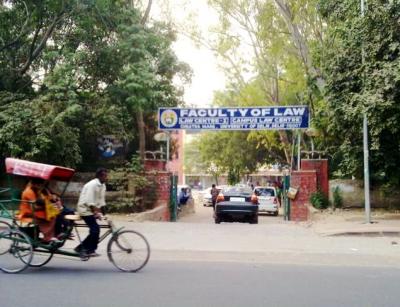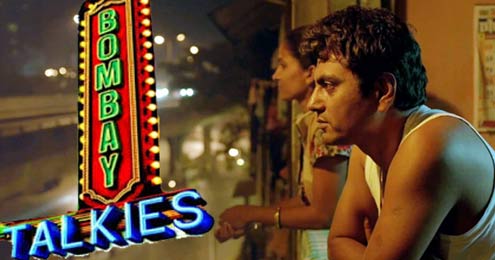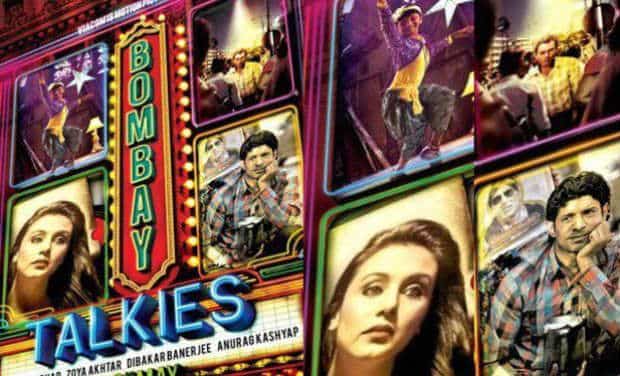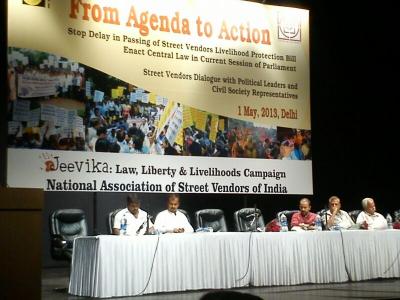7:30 am: My eyes open most reluctantly as the alarm goes off. I hit the ‘Snooze Button’ and pretend like it never even went off in the first place. I promptly go back to sleep.
8:15 am: My mother forces me to wake up by shaking me rather violently. I realise what time it is and panic for 2 minutes before I remind myself that I go through the same process every day, and hence have no reason to worry.
8:45 am: After getting ready quite hastily I drag myself to the Metro Station near my house and sleepily enter the Ladies’ Compartment. I head off towards Noida where I’m interning this summer.
9:40 am: I finally reach the office and I’m only 10 minutes late. I make an expression like the ‘Not bad meme’ and sit down at my cubicle after greeting the other interns and my boss.
10:30 am: I’ve basically been going through a pile of paperwork and articles online, highlighting the information relevant to the project I’m supposed to research on. I look around to see what the other interns are up to and find all of them texting away at their phones. I pull my phone out to do the same.
11:15 am: I feel (a little) guilty about being on my phone for such a long time and close all my chat and social networking site apps. I go through some more documents.
11:50 am: I decide to get myself a cup of coffee.
12:30 pm: Still going through documents and making entries in an Excel sheet. Lunch is just half an hour away, I realise happily.
1:00 pm: Bring out the food! The interns and I head off to the canteen and sit at our usual table. The lunch thaali looks tasty today and we each buy one. Lunch hour is spent teasing each other and discussing trivial tales of our respective colleges. We also talk extensively of what would we would be doing right now if we were not interning – watching the latest movies and TV show seasons are popular responses.
2:00 pm: Now that my stomach is full, I’m already feeling sleepy. My eyes threaten to close and my brain wants nothing more than to just doze off at the moment. But that is definitely not possible since the team has a meeting with the boss in about an hour.
2:45 pm: No one seems too pleased about the meeting. We’re all frantically finishing off our work and keeping an anxious eye on the clock.
3:30 pm: Well, I suppose it wasn’t that bad. In fact, the boss seemed happy with our progress! We spend the next hour brainstorming ideas on how to go about the next part of the project. I’m unusually alert right now.
3:50 pm: Time for another cup of coffee. Hmm, maybe some snacks too.
4:15 pm: Little more than hour to go.
4:30 pm: I strike up a conversation with the guy in the next cubicle about the latest Khaled Hosseini book. We both end up placing an order for it on Flipkart.
5:00 pm: I’m tempted to drink another cup of coffee but I manage to control myself by Googling ‘Health hazards of too much caffeine’ and convince myself that coffee is an evil addiction that must be curbed. For now, that is. I type out the weekly report I’m supposed to submit.
5:25 pm: I’m done with my work for the day but I can’t leave yet. I try to beat my Temple Run 2 high score-followed by Fruit Ninja and Paper Toss. I also list out all the things I’m going to buy with my stipend once I get it.
5:45 pm: FREEDOM AT LAST! I leave the building super-fast, as though I’ve been possessed by Flash’s spirit.
6:45 pm: I wake into my house, exhausted. I WhatsApp a few friends and sip some cold coffee.
Then I just lie down for a while. If nothing else, my internship has at least taught me to appreciate the beauty of coming back from a day’s work and doing absolutely…nothing!








 Street Vendors Dialogue with Political Leaders and Civil Society Representatives to Convert Street Vendors Livelihood Protection Bill into the Act
Street Vendors Dialogue with Political Leaders and Civil Society Representatives to Convert Street Vendors Livelihood Protection Bill into the Act director general of Labour and Welfare S.K. Das, FSSAI functionary Suniti Kumar Gupta and CCS associate director Shantanu Gupta also addressed the convention. Mr. Maken, who was to address the street vendors’ convention, could not turn up because of his presence in the Cabinet meeting. However, his office sent message of the development related to the Bill.
director general of Labour and Welfare S.K. Das, FSSAI functionary Suniti Kumar Gupta and CCS associate director Shantanu Gupta also addressed the convention. Mr. Maken, who was to address the street vendors’ convention, could not turn up because of his presence in the Cabinet meeting. However, his office sent message of the development related to the Bill.